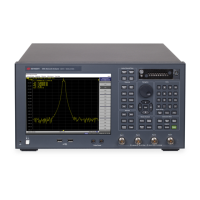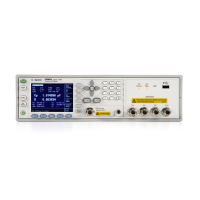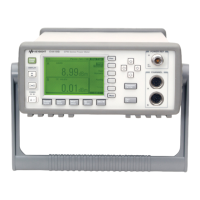E5071C
148
Calibration with ECal (Electronic Calibration)
ECal (electronic calibration)
ECal is a calibration method that uses solid-state circuit technology. ECal
offers the following advantages:
• Simplified calibration process.
• Shorter time required for calibration.
• Reduced chance of erroneous operation.
• Little degradation of performance due to wear because the ECal
module employs PIN diodes and FET switches.
• If the frequency sweep range exceeds the frequency range of
the ECal, the calibration data for the minimum frequency or
maximum frequency are used for the exceeding frequency
range and extrapolation is being executed.
• When using Ecal with the E5071C options 2D5, 4D5, 2K5 and
4K5 , wait time is inserted automatically for stable calibration
results. Approximate calibration time is described in the support
ECal page.
Refer the following section for ECal calibration.
Connecting ECal to E5071C
1-Port Calibration Using a 2-Port ECal Module
Calibration Using 4-port ECal
Full 2-Port Calibration Using the 2-Port ECal Module
Full 3-Port and Full 4-Port Calibration using 2-Port ECal
Improving Calibration Accuracy along with ECal
Confidence Check on Calibration Coefficients Using ECal
Turning off ECal auto-detect function
User-characterized ECal
Other topics about Calibration with ECal

